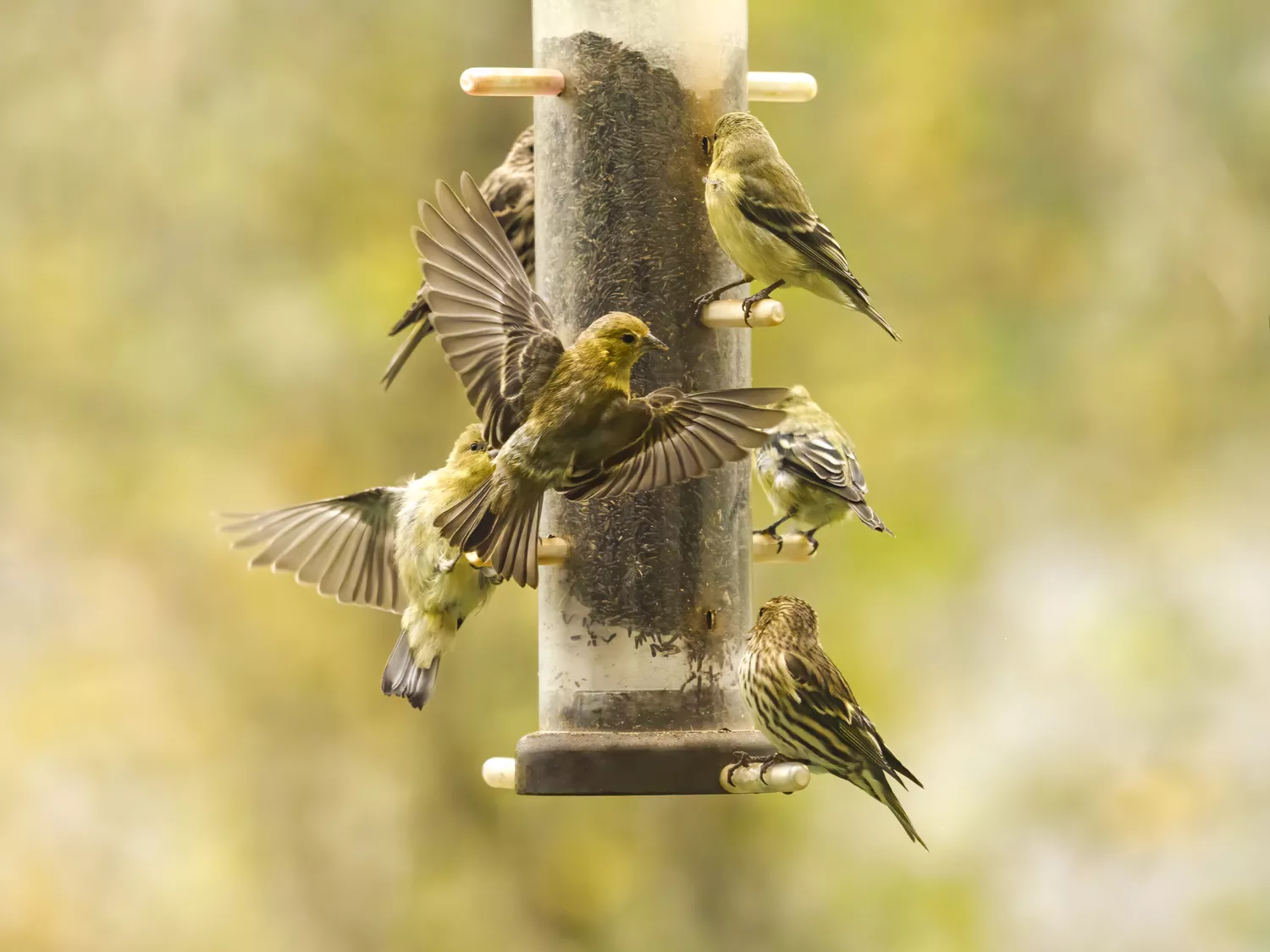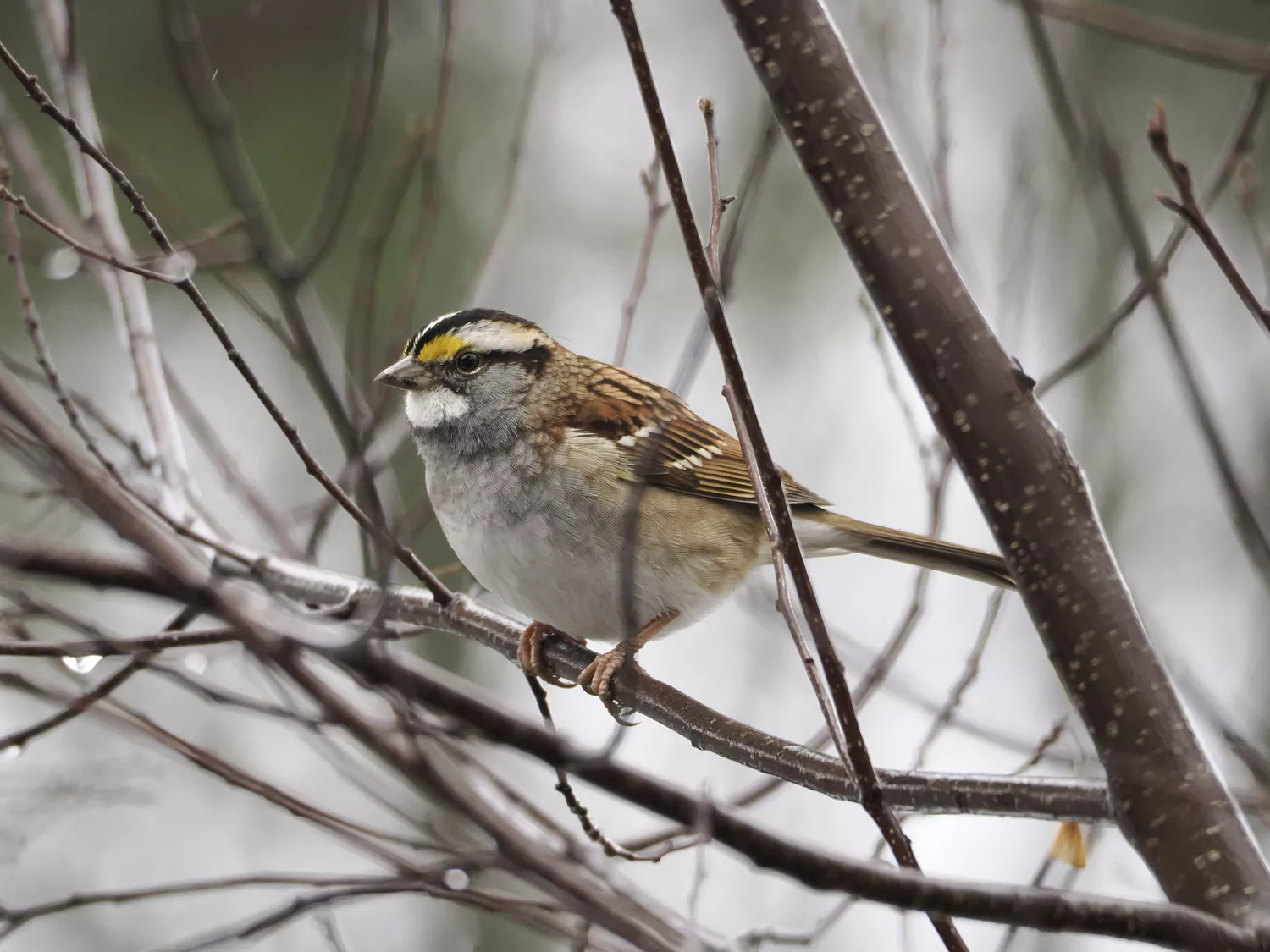
For most people, the changing of the seasons means switching up your wardrobe and new seasonal produce at the grocery store. For birds, the changing of the seasons can mean traveling thousands of miles cross-continentally to find a new home. Bird migration is truly one of nature’s most astonishing phenomena, and it’s happening right in your backyard. Thousands of bird species globally are engaging in their annual migration, and I sat down with Dr. R. Scot Duncan to discuss what this means and why it’s important to our ecosystem.
Dr. R. Scot Duncan is the Executive Director of the Alabama Audubon Society and professor emeritus of biology at Birmingham-Southern College.
Why Do Birds Migrate?

“The birds that come through our neighborhoods are part of a much larger global system,” says Dr. Duncan. “You are connecting to half the planet with the things that are happening in your backyard.”
Just as humans have done for generations, birds migrate when there are no longer ample resources to properly support their way of life. In their case, the primary resources for birds’ survival are food and nesting locations.
During the North American winter, many birds’ food sources become depleted due to the drop in temperature. “Birds that eat small insects have to clear out,” says Dr. Duncan, and these species head into the Southern Hemisphere to maintain their diet.
On the other hand, some birds are migrating into the South for the milder winter temperatures. “The Southeast is a haven for many species that need to move south for the winter but don’t have to go as far as other birds,” says Dr. Duncan.
As we say goodbye to the Neotropical birds, or “summer birds,” that are flying further south like tanagers, thrushes, buntings, and swallows, the Southeast welcomes a new group of migratory birds from the northern regions of the continent that many know as “winter birds.” These species include sparrows, warblers, and kinglets.

What Triggers Migration?
While the obvious answer may be the colder weather, there are a variety of factors that cause birds to get prepared to migrate. Although a drop in temperature plays a large role, the change in the day length is also an important component in preparing birds for migration.
As the days get shorter in the fall, birds’ brain receptors detect less light and know it’s time to get ready to migrate. There is a wealth of behavioral changes that come with this, but one of the most notable is the change in sociality.
“During the warmer months when birds are breeding, birds only want to be in pairs with their mate and offspring. As the days get colder and shorter, birds become very social and start flocking up,” says Dr. Duncan. This is why you’ll see groups of birds migrating together instead of as a pair or individual.
With the temperature, behavioral, and food supply shifts all culminating into one living condition, the birds know that it’s time to pack up and fly south.
Why is Migration Important?
Although birds may not seem like the most consequential creatures in the wild, they are truly our heroes in the shadows and are responsible for maintaining much of the nature we have today.
“Birds aren’t just nice to have around—they’re necessary to have around,” says Dr. Duncan. “Birds make it possible for us to live in a clean, thriving environment.”
Birds play several indispensable roles in the conservation and protection of the ecosystems through which they travel. They provide insect control and weed control in gardens with their diet. They also disperse seeds from the fruits and plants they eat to sprout the next generation of trees. Some of them even clear out roadkill!
“If you can look around and see green, we can attribute a large part of that to birds,” says Dr. Duncan.
How Do We Support Birds During Migration?
No matter your financial or physical capabilities, there are plenty of ways to participate in bird conservation. In fact, Dr. Duncan’s first tip to help the birds is to keep learning.
“The more you learn, the more you can find ways to help birds within your own niche,” he says.
A great way to support birds is through creating native habitats. This can be done by learning about what flowers and grass species are local to your region and adding them to your yard. By having proper plant life in your yard, birds can find a safe place to settle and eat from a reliable food source.
“You don’t even have to have a big patch in your yard to see results,” says Dr. Duncan. “Planting native species can be done in a way that is both beautiful and cost-effective.”
Bird feeders are a great way to provide birds with food as they trek southward. It is important to note that bird feeders should be cleaned regularly to kill any bacteria that could be spread among the species.
To get even more educated and involved in bird conservation, join your local or national Audubon chapter or bird group. “There are endless opportunities for people to learn about and take action for protecting birds,” says Dr. Duncan. “You can do as much or as little as you want—any action to protect our birds is an action to protect our ecosystem.”





